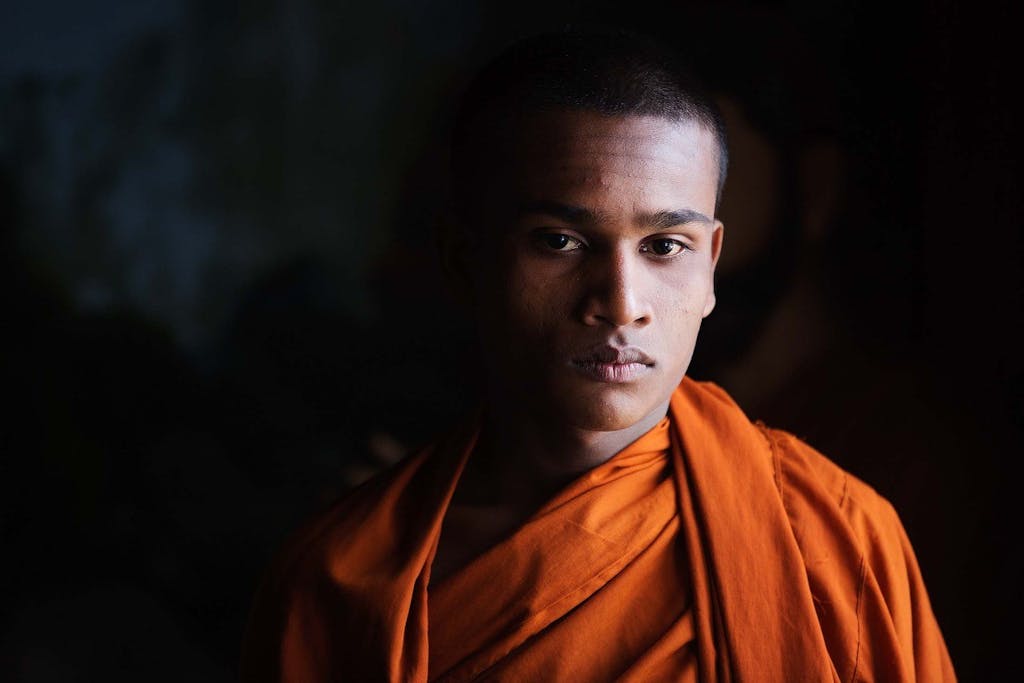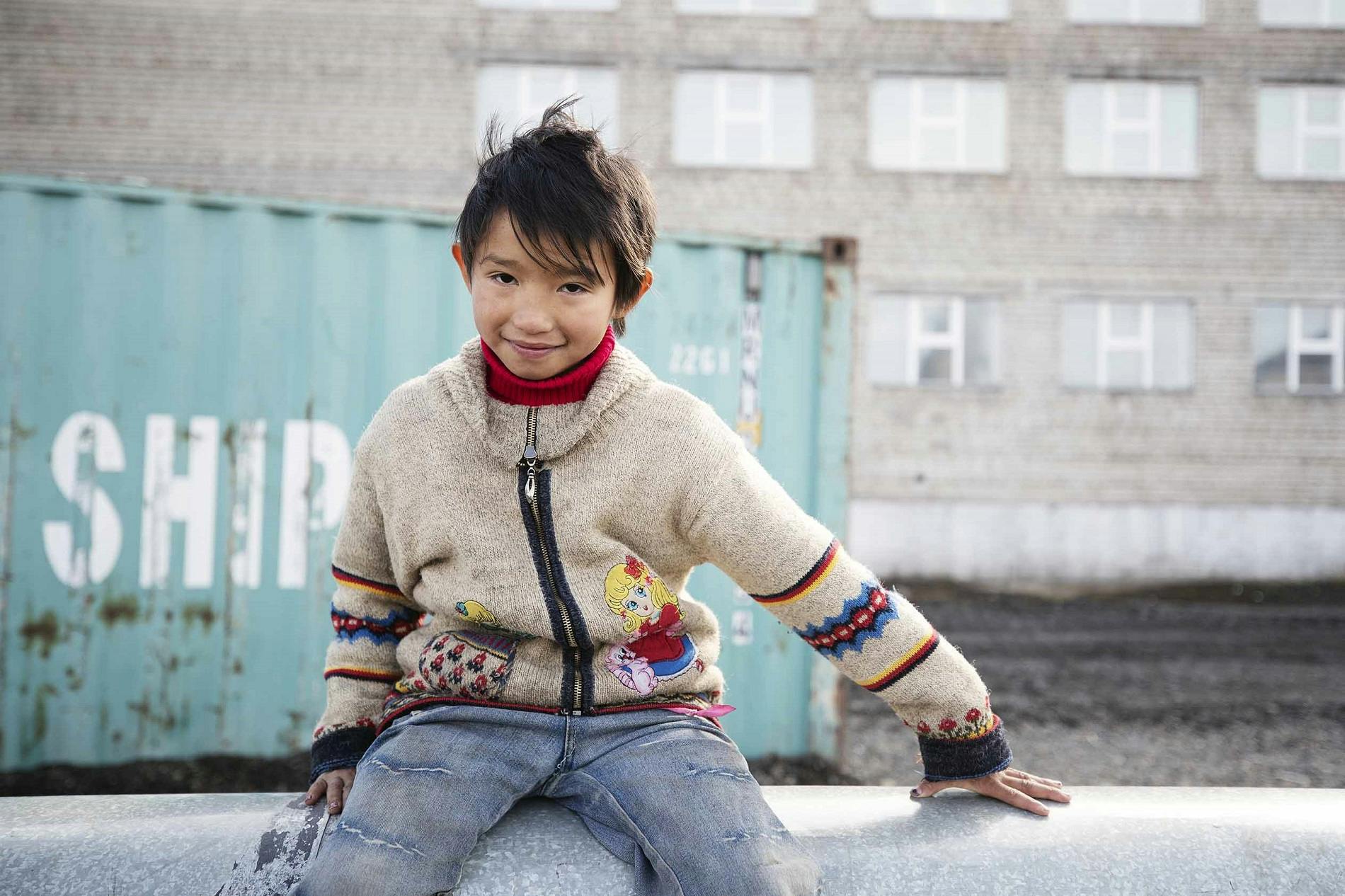A Guide to Travel Photography: 7 Tips to Capture an Emotion
Travel photography offers a unique glimpse into a culture, a means to connect with a complete stranger. Professional photographer Lucia Griggi captured one of her favorite portraits in the Atlas Mountains of Morocco. While photographing roaming camels in the fading sunlight, a group of Berbers approached. Taking notice of Griggi’s efforts, a young boy quickly jumped on one of the camels in a spontaneous moment of camaraderie. He was happy and his emotions were powerful.
“I’m glad I captured that rare moment,” recalls Griggi. “A subject’s emotion is a powerful tool when it comes to portrait photography. If you can illustrate a way of feeling, your photography is bound to portray more meaning. Spontaneity, impulsiveness and honesty count for a lot.”
On your travels, you’ll likely come across people that lend themselves perfectly to portraiture. Griggi shares her best travel photography tips for getting the perfect portrait in any location.

1. Make an assessment of the situation
When it comes to shooting portraits in exotic destinations, Griggi’s first tip on how to improve travel photography is to be aware of the local culture and your subject’s personal preferences. Some people don’t agree with having their photo taken (like some Amish traditions), and others are just camera shy. You don’t want to point a lens toward them without knowing how they feel. Griggi tests the waters first by engaging the environment around the person she wants to photograph.
“Normally, I like to take out the camera and start shooting around them just to see if the camera is intrusive or not, and then see their reaction,” she says. “See if they’re trying to engage with you. It’s generally about the approach and how your body language is — whether you can come across in a friendly manner.” If they don’t seem open to it, then you must look for another subject.

2. Ask for permission
Once you find a person that seems willing to be photographed, always ask permission. “That sounds quite easy, but when it actually comes to doing it, that person [might not] speak the language,” Griggi says. “I’ll start with hand gestures to ask if can I take a picture. If they’re fine with that, they’ll smile and work with you.”
3. Prepare yourself to pay a gratuity
Keep in mind that in some cultures, your portrait subjects will ask for some money to take their photo. They’re not rude — it’s just how things work in those countries. Griggi experienced it in Morocco and other places in Africa, for example, so be prepared with a few dollars of local currency in case you do get asked.

4. Invest in the best travel lenses for portrait photography
The lens you should use will depend on the type of photo you want to produce, as well as your setting. For a shallow depth of field with a cinematic feel of just one person, Griggi uses an 85mm, 1.2L lens on her Canon camera. But if she’s aiming for a shot that places the subject into a specific environment, she switches to a 16-35mm, f/2.8 wide-angle lens. Thanks to camera settings on DSLRs, point-and-shoots and phones, you don’t need to worry about the camera type when selecting the best travel lenses for portrait photography. Every piece of equipment is capable of taking a great portrait shot — so don’t fret if you don’t have room in your carry-on for your full camera set-up.

5. Focus on the eyes
Another of Griggi’s travel portrait tips is focusing on the eyes of your subject. It’s the best technique for taking great portraits, just like the photo Afghan Girl taken by Steve McCurry. The girl’s piercing eyes made that vivid image so effective. When you focus on that spot and narrow your depth of field, every ancillary item in the background will fall away, and the frame will focus entirely on your subject.

6. Blur the background
Learn from the iPhone’s portrait mode — photos of people are always better when the background is blurred. “It’s ideal to isolate your subject and blur the background,” Griggi explains. “That will bring strength to the actual portrait itself.” Theoretically, you don’t even need a professional camera for these shots because phones and point-and-shoot versions do such an excellent job with portrait settings. Isolating your subject is an easy way to improve travel photography portraits even for amateur photographers
7. Keep your set-up minimal
There’s no need to include tripods, alternate lenses, or massive set-ups among your travel portrait photography gear. The shutter speed on your camera will be fast enough to catch the shot without an issue and a whole production could scare people away. “You should work alone with the subject and have a smaller set-up, so they’re not intimidated — especially if they’re not used to being in front of the camera,” Griggi elaborates.
When it comes to portrait photography, having a small set-up also goes a long way in making the process smooth and easy. “One thing to know with portraiture is [you can’t] force it,” Griggi says. “At the end of the day, you’re not taking the portrait — rather, your subject is giving you the portrait. It’s up to you to make them comfortable enough to give it to you.” When you can do that, you open up the possibility for absolutely stunning images, and capturing moments while traveling that will immortalize your journey.

Want to see more stunning travel photography? Check out more images and travel photography insights that are part of Silversea’s Behind the Lens series.
